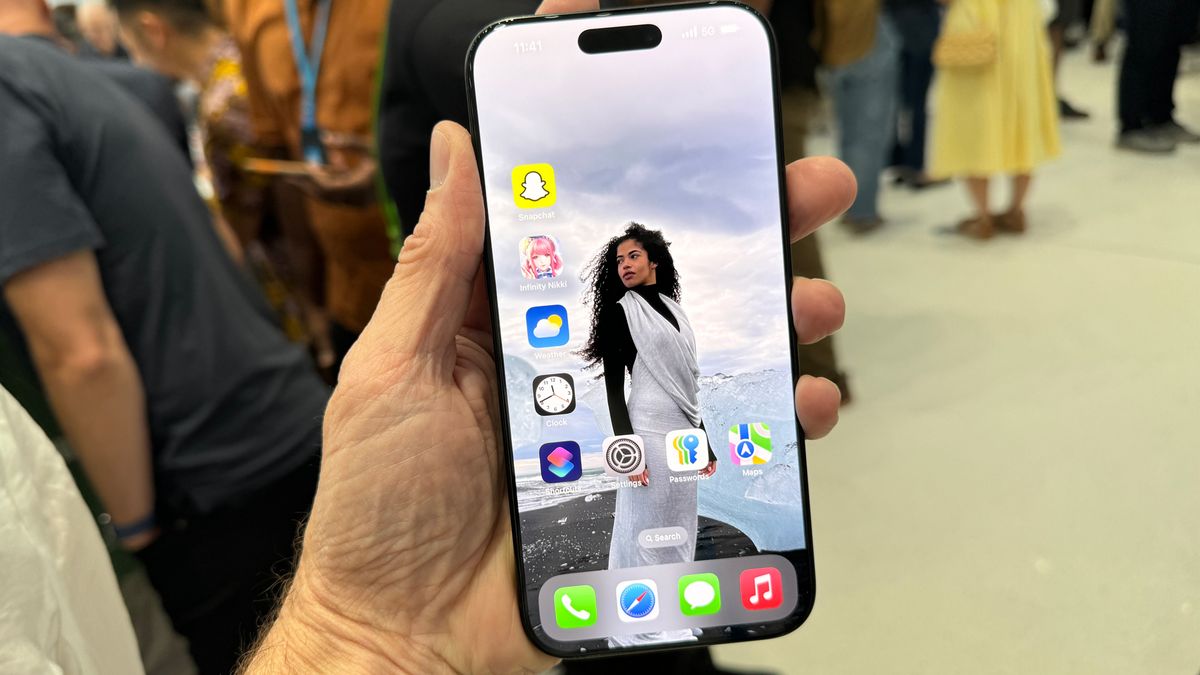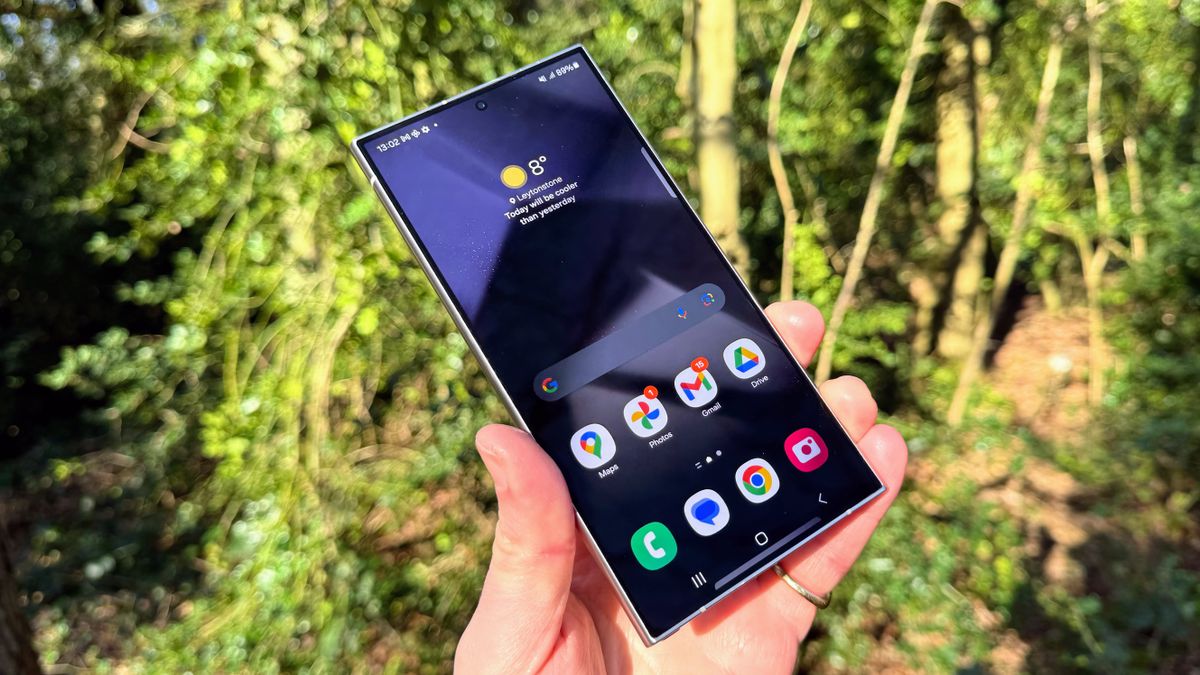Glass is smooth, shiny, and beautiful, the perfect surface to transfer your touch and intention to your iPhone 16 Pro Max’s brilliant mind. However, it’s also not indestructible and sometimes does glassy things like shatter into countless pieces when dropped. That’s the finding of a recent AllState drop test with Apple‘s latest series of iPhones.
The US-based insurance company has been dropping iPhones for 13 years and reports that the iPhone 16 Pro Max did not survive its ‘Breakability’ test this year. No iPhone has survived the Allstate Protection Plan’s drop test in more than a dozen years.
When the company put the iPhone 16 Pro Max in a special rig, a.k.a ‘Dropbot,’ and dropped it from a height of 6 feet onto a concrete sidewalk surface face down, the screen shattered, the display flickered, and then went dark (See the test for yourself in the video below).
Since haptic responses could still be felt when touching the screen, there is a chance that only the display would have to be replaced. When they performed the same test with the back facing down, the glass around the camera array cracked, but the phone remained otherwise completely functional. This is a better result than the iPhone 15 Pro Max, which last year became inoperable after a drop on its back.
Obviously, AllState, which sells additional mobile device protection, has some skin in the game here. Potentially proving that the iPhone is not concrete proof might make people more open to considering a protection plan from their company for their new iPhone 16 Pro Max.
The results, though, are a bit dispiriting. During the launch, Apple said that its second-generation Ceramic Sheild, a custom glass blend co-developed with Corning (they make the Gorilla Glass on most top-tier smartphones), is not only 50% stronger than the first generation but also tougher than the glass found on most other smartphones.
I’ve been testing both the iPhone 16 Pro Max and iPhone 16 Pro, which are excellent Apple Intelligence-infused smartphones with slightly updated and larger designs. I don’t purposely conduct drop tests, though I did accidentally drop the iPhone 16 Pro Max from a height of 3 feet onto a rugged floor.
It was, as you would expect, fine. I also put cases on both phones. The iPhone 16 Pro Max is currently in a lovely Speck case. They’re hugely durable and protect the back, sides, and edges, and since edges and corners are stress points for these edge-to-edge Super Retina XDR displays, they help protect the glass on them, too.
The iPhone 16 Pro is in a silicon case, which provides good protection. However, when I looked at the screen a couple of days ago, I noticed a scratch running almost the length of the phone. I can promise you I was not carrying around the phone with a diamond or key in my pocket. I am so careful, and yet there’s the scratch.
My point, and perhaps Allstate’s, is that this is glass, and there is only so much you can do to protect it. As I wrote last month, “It’s still far too easy to damage our precious phones.” In that instance, I was writing about the new Google Pixel 9, a Gorilla glass Victus 2-covered handset that also quickly ended up with an uncountable scratch.
These tests are simply not conclusive. Allstate used two different phones to run the front and back drop tests. When the results with DropBot yielded virtually the same results as last year, Allstate opted to not run them again. There is a chance that further tests would’ve yielded different results. I’ve seen people drop their phones on the pavement from four or five feet, with the devices hitting, tumbling, and somehow surviving without a scratch.
While it’s true the iPhone 16 Pro Max didn’t fare well on these tests, we’ll never know what hundreds of similar drops would’ve yielded. As far as I’m concerned, the breakability of these devices is not down to some build deficit, but I do think there is an element of luck. That’s why cases are so popular – they’re the one way of stacking the odds in your favor.
I did ask Apple for comment and will update this post with their response.





